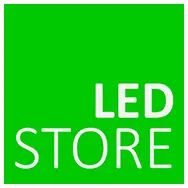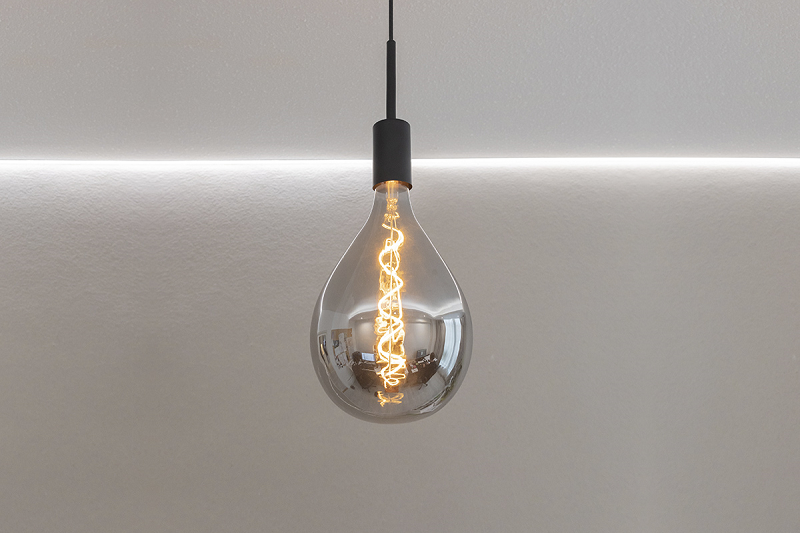Summary
- Lumen measures the amount of light produced by a light source
- Watt measures the energy consumed by a light source to produce light
- LED lamps are more energy efficient than traditional incandescent lamps
- Luminous efficacy is how efficiently electricity is converted into light
- Different rooms require different amounts of lumen for lighting




Reply to